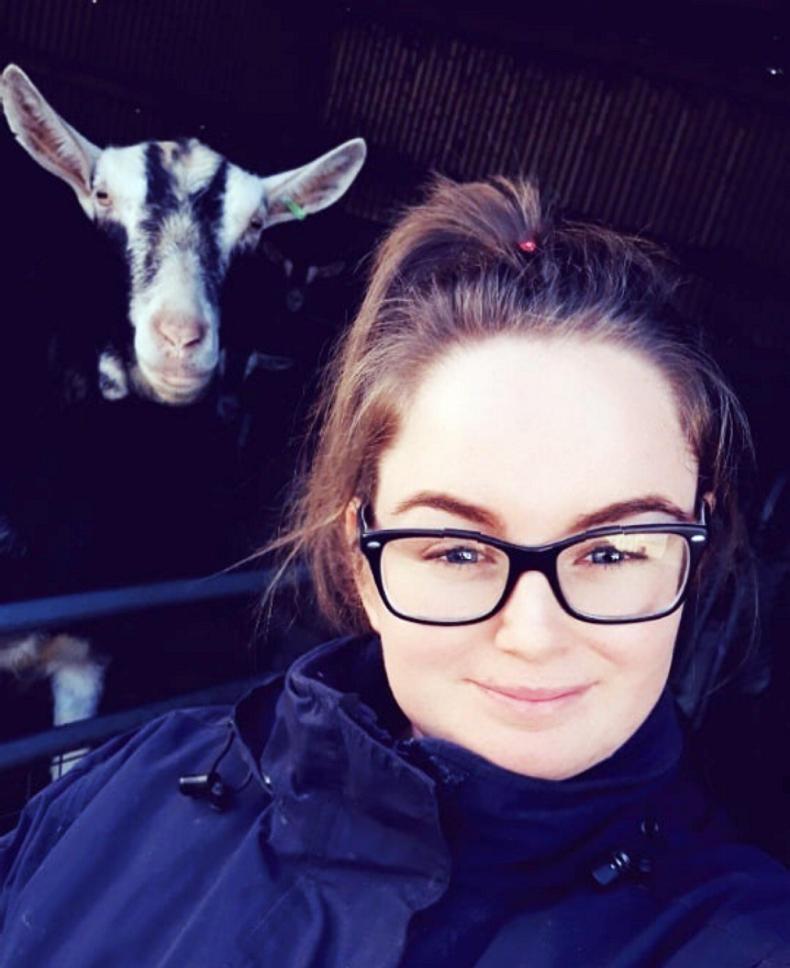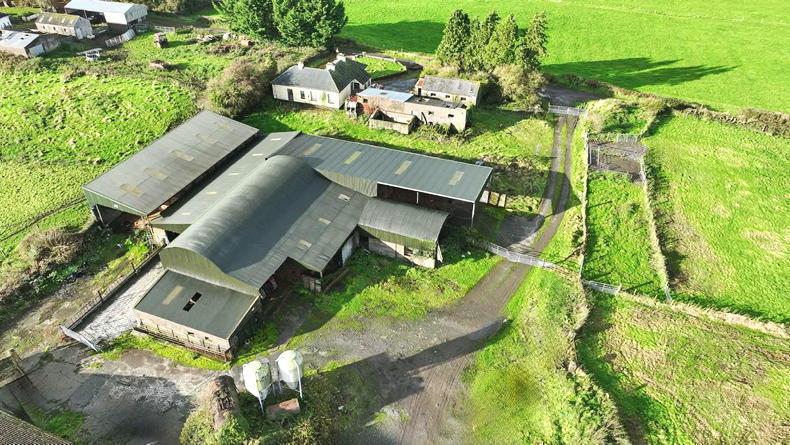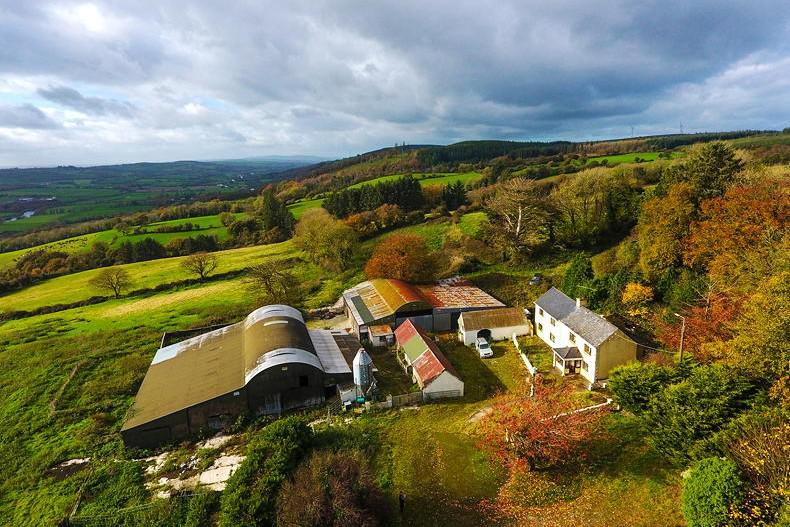Social media has become a great tool for many emerging agri-businesses and helped them to secure a niche in the market that would not have been possible before the arrival of Facebook and Instagram.
In a survey conducted by Wolfgang Digital, it was revealed that 71% of Irish adults enjoy using either Facebook or Instagram, which has provided an opportunity for invaluable marketing.
But how realistic is it for Irish farmers to promote their work on social media and is there a niche to be exploited by our agricultural sector?
One Irish success story of growing an online fanbase is Anna’s Dairy Goat Farm, based in Parsonstown, Co Kildare. The farm is run by Eileen O’Connor and her two daughters, Emma and Lauren.
The platform has allowed the family to develop a range of products, as well as connecting with other farmers
They have grown their business from two goats and 12 hens to 45 goats and 200 hens. Now producing a range of products from goats’ milk to cheese and yoghurt, probiotic kefir and free range eggs.
Thanks to Emma’s proficiency in social media to market their products, Anna’s Diary Farm now has almost 4,000 followers on Instagram. The platform has allowed the family to develop a range of products, as well as connecting with other farmers.
Emma said that the use of the photo-sharing platform on social media has allowed her to share with her growing fanbase the daily reality of goat farming - from the kidding season in spring to the breeding season in autumn, alongside tasks such as hoof trimming and mucking out.
Social media has allowed us to show how we have built our processing from the ground up
In return for her informative posts, Emma has built up a valuable connection and a great rapport with future customers. Due to their new understanding of demands in the market, Anna’s Dairy Farm has used social media to reach out to potential stocklists and customers for a range of products they hope to have ready for spring 2020.
Emma says: “Social media has allowed us to show how we have built our processing from the ground up and that has helped us form connections with future consumers as they feel they have been with us every step of the way.”
I am also getting to learn from other farmers and non-farmers about their business/products
Along with endearing pictures of goats, Emma says the most tasking part of running the account is getting the animals to stay still for the perfect snap, however the opportunities available through having an active account have been immense.
“I find using social media very fulfilling as not only am I getting to share our information and farm life, I am also getting to learn from other farmers and non-farmers about their business/products and interact with people that have common interests and beliefs.”
Information sharing
Based in Loughrea, Co Galway, one aspect of Chanelle Pharma’s content is informing farmers on using anti-parasitic products to avoid misuse which could result in the development of resistance and other issues.
Ciarán Lenehan, who is in charge of the technical information and running the social media platforms for Chanelle says the marketing team has made a conscious decision to be more vocal about good farm practices, as opposed to just hard selling.
This led the company to start a weekly video called Sixty Second Solutions a year ago and today each video reaches 10,000 views weekly.
When asked if social media will be the future for reaching farmers, Ciarán says: “Definitely, as farmers are already using social media to engage with others to find answers to problems.”
This audience is not restricted to a certain age group, with Chanelle’s platforms reaching out to a diverse age range, particularly on Facebook.
The trend across all social media platforms is that those who provide interactive and informative content are reaping the rewards with a large Irish and international audience waiting for new products and methods of farming to be promoted.









SHARING OPTIONS